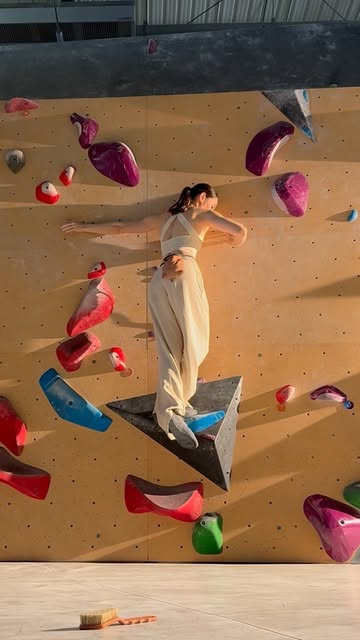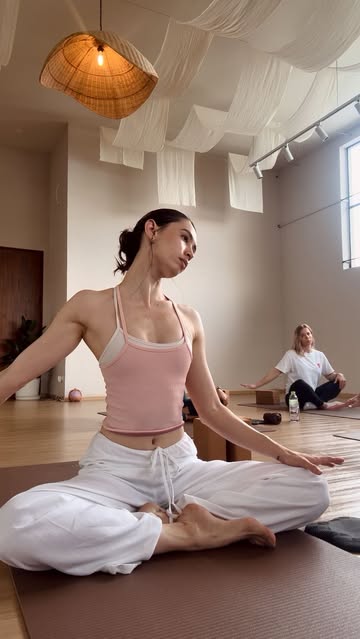
70% of people reading this probably think yoga is about touching your toes, being bendy, or mastering a handstand. Maybe some associate it with meditation and chanting. But before deciding which is “better,” let’s look at how yoga has evolved.
Yoga originated in ancient India between the 2nd and 4th century CE, though some trace it back 5,000 years. Over time, it has been interpreted and adapted through texts like the Vedas, Bhagavad Gita, and Yoga Sutras. Traditionally, it emphasized inner awareness, mindfulness, spiritual growth, and discipline—far beyond just the physical practice.
When yoga reached the West in the 19th century, it naturally evolved. Modern yoga focuses on flexibility, strength, and fitness, influenced by science and biomechanics. It’s often commercialized for posture and physical benefits, making it more accessible to a wider audience.
So, which one is better?
Western and Eastern yoga each bring balance in their own way. Modernization, guided by science, has made postures more accessible, while traditional discipline emphasizes relaxation through asanas and mindful movements. So if you ask me which is better, honestly it’s impossible to say.
You can’t separate body and mind. You can’t take care of your physical health while neglecting your mental well-being or do it the other way around.
We should respect its roots, but also acknowledge how it continues to evolve because changing is also part of growth. And the purpose of this post is not about choosing one or another❤️
Can’t tell you how happy I am to flow with @sabinameisinger at @limberstudio , where movement is blended with mindful practices and holistic healing. I love that they have different yoga classes, calisthenics, primal movements, flexibility and strength training class where everything merges. If I lived in Bangkok, I’d be here every day❤️





